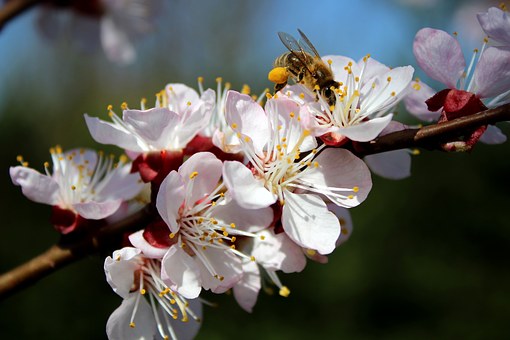The happy life we are having now is not permanent. There is bound to be suffering in the future. Some people do not see the point of preparing for future lives because they are not feeling any obvious distress right now. Yet worrying about the well-being in their old age, they will do all they can to make money even without concerns for karma and retributions sometimes. This is very foolish. It has never occurred to them that they have already been born human and that no matter how hard this life is, it is nowhere close to the severe suffering born by those in the three lower realms. Where will we be reborn next time? Will we have another human birth like this one? No one knows. So, to be well prepared for the next life should be the rational thing to do. What does it take to be well prepared? It certainly is not wealth or fame we need but spiritual practice. Although Theravada practice can solve our own problems, it does not help others. Consequently, we must strive to arouse bodhicitta as it is the only means to help both ourselves and other beings to liberation.
~ Depicted from THE RIGHT VIEW : The Three Supreme Methods—the ultimate methods of cultivating virtue and training the mind











